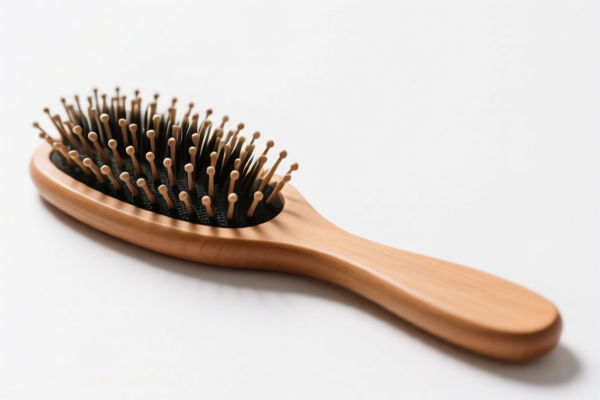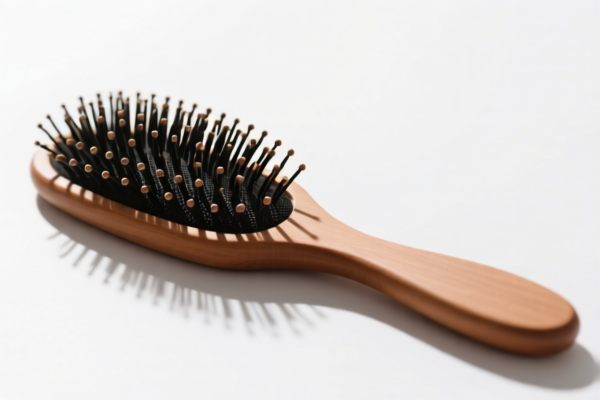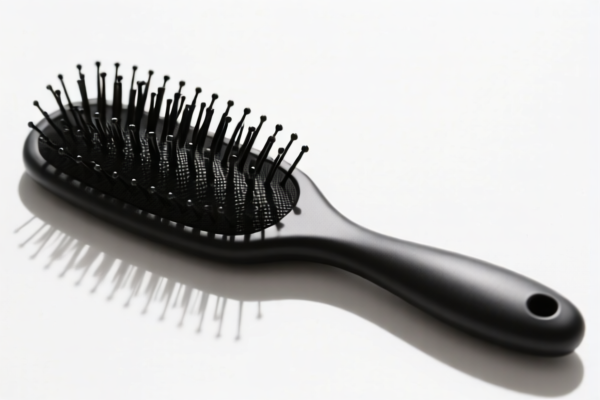| HS Code | Official Doc | Tariff Rate | Origin | Destination | Effective Date |
|---|---|---|---|---|---|
| 4823908000 | Doc | 55.0% | CN | US | 2025-05-12 |
| 4823901000 | Doc | 55.0% | CN | US | 2025-05-12 |
| 4821904000 | Doc | 55.0% | CN | US | 2025-05-12 |
| 4821902000 | Doc | 55.0% | CN | US | 2025-05-12 |
| 3926904800 | Doc | 33.4% | CN | US | 2025-05-12 |
| 3926909989 | Doc | 42.8% | CN | US | 2025-05-12 |
| 3924905650 | Doc | 40.9% | CN | US | 2025-05-12 |
| 3924900500 | Doc | 40.6% | CN | US | 2025-05-12 |




Pet Dehairing Brush
A pet dehairing brush is a grooming tool designed to remove loose hair from an animal’s coat. These brushes are commonly used on dogs, cats, and other animals with fur or hair to reduce shedding, prevent matting, and maintain coat health.
Material
Dehairing brushes are constructed from a variety of materials, impacting their effectiveness and suitability for different coat types:
- Stainless Steel: The most common material for the dehairing blades. Stainless steel is durable, rust-resistant, and effectively removes undercoat.
- Plastic/Rubber: Often used for the brush body, handle, and sometimes for bristles or teeth, providing comfort and grip.
- Wood: Less common in modern brushes, but can be found in some handles or body constructions.
- TPR (Thermoplastic Rubber): Used for comfortable grips and sometimes for specialized bristle designs.
Purpose & Function
The primary purpose of a dehairing brush is to remove loose undercoat and dead hair before it is shed around the home. The function relies on a specific blade or tooth design:
- Undercoat Removal: Most dehairing brushes target the undercoat – the soft, dense layer of fur beneath the topcoat. Removing this layer significantly reduces shedding.
- Mat Prevention: Regular brushing prevents mats and tangles by removing loose hair that can contribute to their formation.
- Coat Health: Brushing stimulates blood circulation in the skin, distributing natural oils and promoting a healthy coat.
- Allergy Reduction: Reducing pet dander and loose hair can help minimize allergy symptoms in sensitive individuals.
Usage Scenarios
- Regular Grooming: Used as part of a routine grooming schedule (daily, weekly, or monthly, depending on the animal's breed and coat).
- Seasonal Shedding: Particularly useful during peak shedding seasons (spring and fall).
- Pre-Bath Grooming: Removing loose hair before bathing prevents matting and makes the bath more effective.
- Post-Bath Grooming: Helps remove any remaining loose hair after drying.
- Allergy Management: Frequent brushing to reduce dander and loose hair in allergy-prone households.
Common Types
- Blade-Style Dehairing Brushes (e.g., FURminator): Feature a comb-like blade with fine teeth designed to penetrate the topcoat and remove undercoat. These are generally considered very effective for heavy shedding breeds.
- Slicker Brushes: Have fine, short, bent wire bristles. Effective for removing loose hair and detangling, but can be harsh if used incorrectly. Often used in conjunction with a dehairing brush.
- Undercoat Rakes: Feature long, sturdy pins designed to reach deep into the undercoat and remove loose hair. Good for long-haired breeds.
- Deshedding Tools with Rotating Teeth: These tools have teeth that rotate to help remove loose hair without pulling or causing discomfort.
- Glove-Style Deshedding Brushes: Made with rubber or silicone nubs that attract loose hair as the glove is stroked over the animal’s coat. Suitable for sensitive animals.
- Self-Cleaning Deshedding Brushes: Incorporate a mechanism to easily remove collected hair from the brush.
Pet dehairing brushes fall under articles of plastics or other materials, potentially used for hygienic purposes. Here are relevant HS codes based on the provided information:
- 3926.90.48.00: Other articles of plastics and articles of other materials of headings 3901 to 3914: Other: Photo albums. While seemingly unrelated, this HS code demonstrates the broader category of “other articles” within plastics and other materials, suggesting a potential classification if the brush incorporates non-plastic components or a unique design.
- 3926.90.99.89: Other articles of plastics and articles of other materials of headings 3901 to 3914: Other: Other. This is a general category for articles not specifically defined elsewhere within headings 3901 to 3914. Given the brush's composition and function, this HS code is a strong possibility. The total tax rate is 42.8%, comprised of a 5.3% basic tariff and a 7.5% additional tariff, increasing to 30% after April 2, 2025.
- 3924.90.56.50: Tableware, kitchenware, other household articles and hygienic or toilet articles, of plastics: Other: Other. As a brush used for pet hygiene, it could be classified under this HS code. The total tax rate is 40.9%, consisting of a 3.4% basic tariff and a 7.5% additional tariff, rising to 30% after April 2, 2025.
- 3924.90.05.00: Tableware, kitchenware, other household articles and hygienic or toilet articles, of plastics: Other: Nursing nipples and finger cots (While not a direct match, a brush could be considered a hygienic article for pets). This HS code specifically mentions hygienic articles, and the reference material notes a brush could be considered one for pets. The total tax rate is 40.6%, with a 3.1% basic tariff and a 7.5% additional tariff, increasing to 30% after April 2, 2025.
Regarding these HS codes, please note that the applicable tariff rates are subject to change. The additional tariff will increase to 30% after April 2, 2025, for all listed codes. The final classification will depend on the brush's material composition and specific design.
Customer Reviews
No reviews yet.